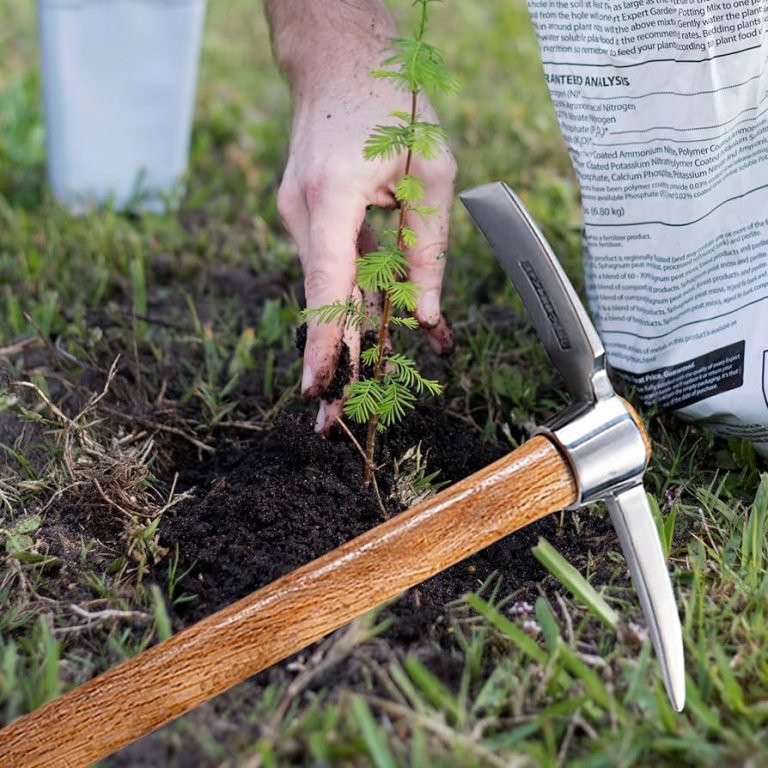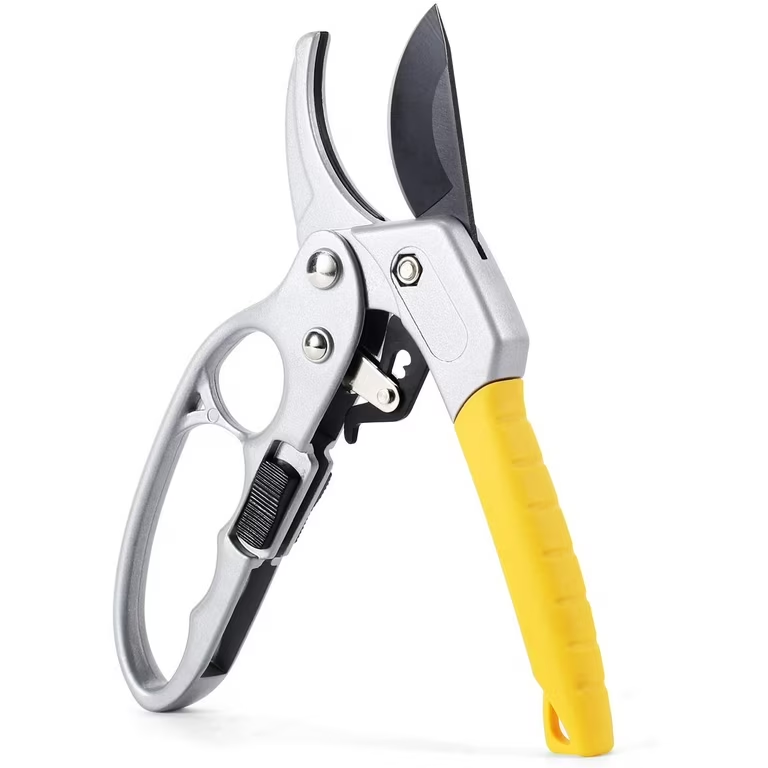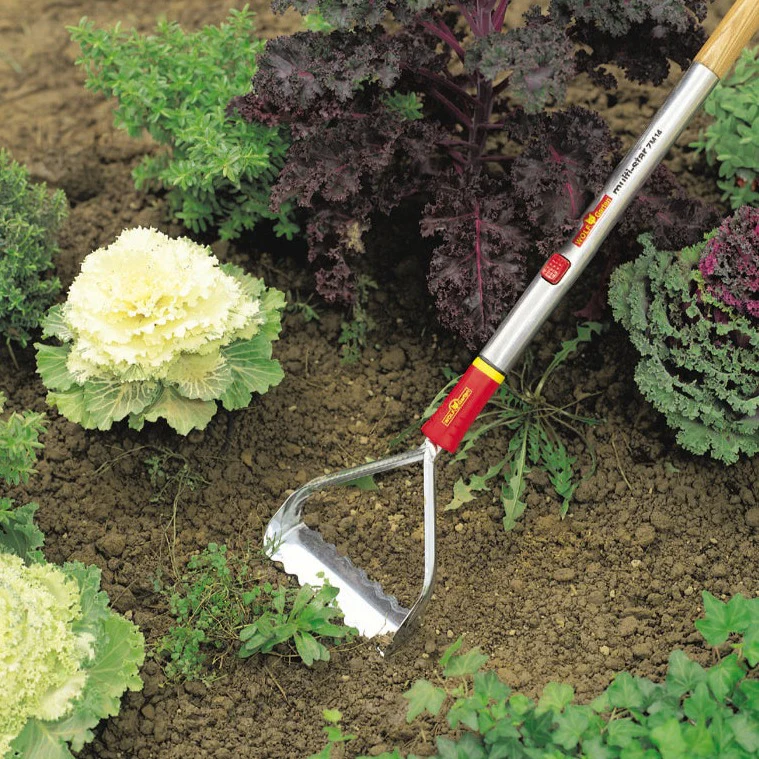
Weeder Tool: Mastering Garden Maintenance
Understanding the Importance of Weeder Tools in Gardening
Weeder tools play a crucial role in maintaining healthy and beautiful gardens. These specialized implements help gardeners remove unwanted plants that compete with desired vegetation for nutrients, water, and sunlight. By effectively eliminating weeds, gardeners can ensure their cultivated plants thrive and reach their full potential. Weeder tool come in various shapes and sizes, each designed to tackle specific types of weeds and soil conditions. From simple hand-held devices to more complex mechanical contraptions, weeder tools offer solutions for every gardening challenge.
Moreover, using the right weeder tool can significantly reduce the time and effort required for garden maintenance, allowing gardeners to focus on more enjoyable aspects of their hobby. Additionally, proper weed control through the use of weeder tools contributes to the overall health of the garden ecosystem by preventing the spread of invasive species and reducing the need for chemical herbicides. As such, mastering the use of weeder tools becomes an essential skill for any serious gardener, whether tending to a small backyard plot or managing a large landscape.
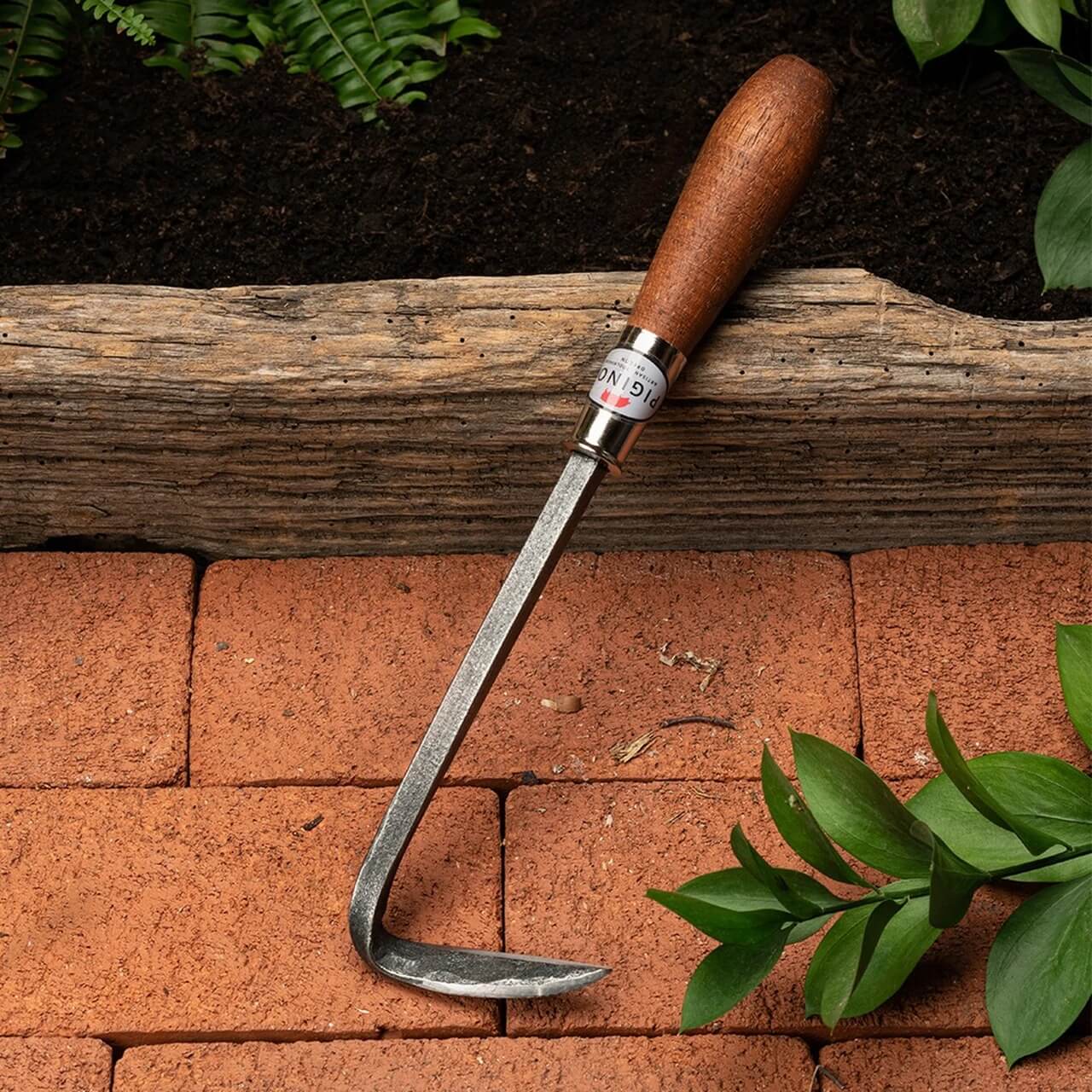
Types of Weeder Tools: A Comprehensive Overview
The world of weeder tools offers a diverse array of options to suit various gardening needs. Hand weeders, such as the classic dandelion digger or the more modern fishtail weeder, provide precise control for removing individual weeds in tight spaces. These tools typically feature long, slender shafts with forked or pointed tips that allow gardeners to dig out weeds by the root. For larger areas, hoe-type weeders like the stirrup hoe or Dutch hoe enable users to cut weeds just below the soil surface while standing upright. Long-handled weeders reduce back strain and increase reach, making them ideal for tackling weeds in larger garden beds.
Wheel hoes combine the action of a hoe with the ease of a wheeled design, allowing for efficient weeding of garden rows. More specialized tools include the Cape Cod weeder, designed for working in sandy soils, and the asparagus knife, which doubles as an effective weeder for deep-rooted plants. For gardeners seeking mechanical assistance, there are powered weeders ranging from electric string trimmers to gas-powered cultivators. Each type of weeder tool offers unique advantages, and many gardeners find that a combination of different tools best suits their diverse weeding needs.
Choosing the Right Weeder Tool for Your Garden
Selecting the appropriate weeder tool depends on several factors, including the size of the garden, types of weeds present, soil conditions, and the gardener’s physical capabilities. For small gardens or container plants, hand-held weeders like the cobra head weeder or the Japanese hori hori knife offer excellent precision and control. These tools allow gardeners to target individual weeds without disturbing surrounding plants. In contrast, larger gardens or vegetable plots benefit from long-handled tools that reduce bending and provide greater reach. The choice between manual and powered weeders often comes down to the scale of the task and personal preference.
Manual tools are quieter, more environmentally friendly, and provide a good workout, while powered weeders can significantly reduce the time and effort required for large-scale weed control. Soil type also influences weeder selection; sandy soils may require different tools than clay-heavy grounds. Additionally, consider the types of weeds commonly encountered in the garden. Tap-rooted weeds like dandelions are best removed with tools that can extract the entire root, while shallow-rooted weeds can be effectively controlled with hoe-type tools. By carefully evaluating these factors, gardeners can choose weeder tools that best suit their specific needs, ensuring efficient and effective weed management in their outdoor spaces.
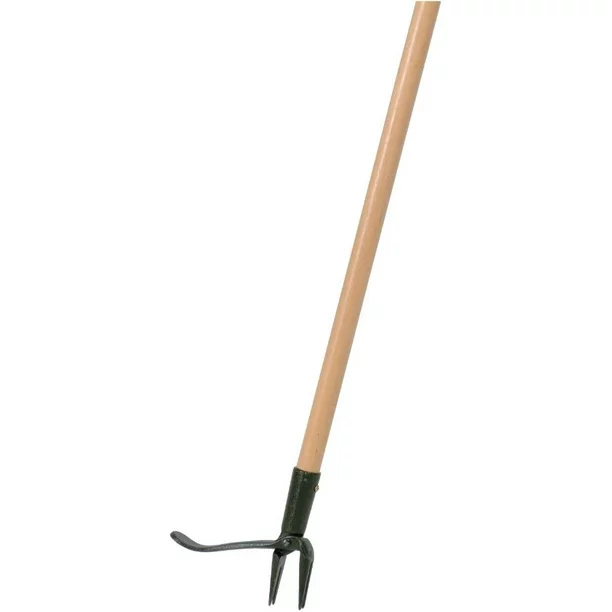
Mastering Weeding Techniques with Various Tools
Effective use of weeder tools requires proper technique to maximize efficiency and minimize damage to desired plants. When using hand weeders, it’s crucial to grasp the weed close to the ground and pull slowly to remove as much of the root system as possible. This approach prevents weed regrowth and reduces the likelihood of leaving fragments in the soil. For hoe-type weeders, shallow, horizontal strokes just below the soil surface effectively sever weed stems without bringing dormant weed seeds to the surface. The angle of the hoe blade should be adjusted based on the soil conditions and weed types encountered.
When operating wheel hoes, maintaining a steady pace and consistent pressure ensures even weeding across garden rows. For powered weeders like string trimmers, maintaining a consistent height and angle prevents accidental damage to desirable plants while effectively cutting down weeds. Regardless of the tool used, weeding after rainfall or irrigation proves most effective, as moist soil allows for easier root extraction. Additionally, targeting weeds when they’re young and small prevents them from establishing deep root systems and producing seeds. By mastering these techniques and adapting them to specific garden conditions, gardeners can maximize the effectiveness of their weeder tools and maintain healthier, more vibrant outdoor spaces.
Maintaining and Caring for Your Weeder Tools
Proper maintenance of weeder tools ensures their longevity and optimal performance. After each use, clean the tools thoroughly to remove soil and plant debris. This prevents rust formation and keeps the tools in good working condition. For metal parts, wiping down with an oiled cloth provides an extra layer of protection against corrosion. Regularly sharpen the edges of hoes and other cutting tools to maintain their effectiveness; a file or whetstone can easily restore a sharp edge. Wooden handles benefit from occasional sanding and treatment with linseed oil to prevent splintering and weather damage.
For powered weeders, follow the manufacturer’s maintenance schedule, which often includes regular oil changes, air filter cleaning or replacement, and spark plug checks for gas-powered models. Electric weeders typically require less maintenance but should be inspected for cord damage and kept dry when not in use. Proper storage also plays a vital role in weeder tool longevity. Store tools in a dry, covered area to protect them from the elements and prevent rust. Hanging tools or using a tool rack keeps them organized and prevents damage from leaning or falling. By implementing these maintenance practices, gardeners can extend the life of their weeder tools and ensure they’re always ready for action when weeds threaten to invade.
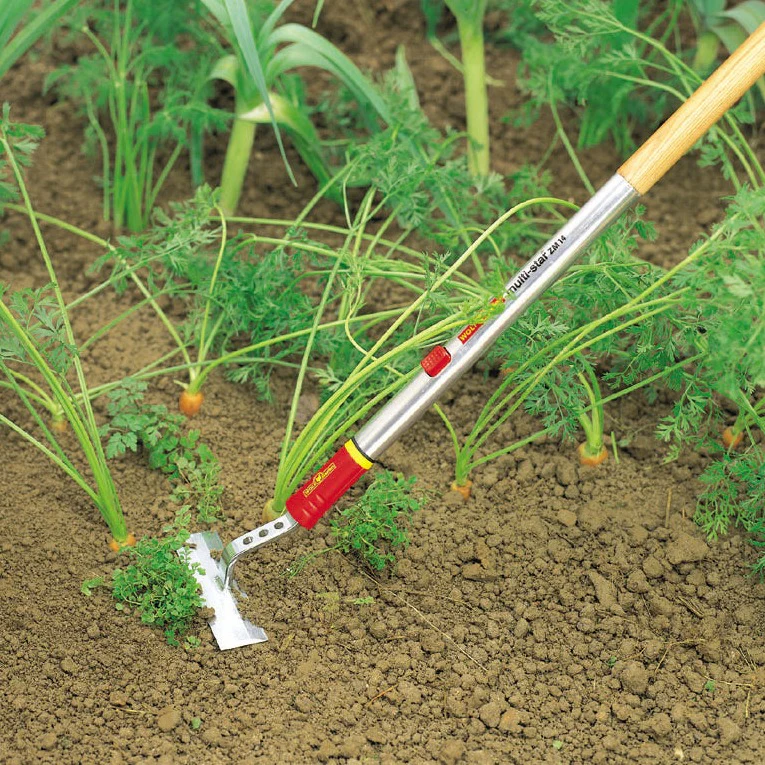
Innovative Weeder Tool Designs: The Future of Weed Control
The world of weeder tools continues to evolve, with innovative designs addressing the challenges of modern gardening. Battery-powered weeders combine the portability of manual tools with the efficiency of motorized options, offering eco-friendly alternatives to gas-powered equipment. These cordless tools provide the freedom to work in remote areas without the limitations of power cords or the noise and emissions of gas engines. Another emerging trend is the development of multi-functional tools that combine weeding capabilities with other gardening tasks. For instance, some weeders now incorporate seed-planting or fertilizer-spreading functions, streamlining garden maintenance processes.
Ergonomic designs receive increased attention, with manufacturers focusing on reducing user fatigue and improving comfort during extended use. Adjustable handles, cushioned grips, and balanced weight distribution enhance the user experience and make weeding less physically demanding. In the realm of high-tech solutions, robotic weeders for home gardens offer the promise of automated weed control with minimal human intervention. These devices use advanced sensors and artificial intelligence to distinguish between weeds and desired plants, precisely targeting unwanted growth. As weed control challenges continue to evolve, weeder tool designs adapt to meet these new demands, promising more effective and user-friendly options for gardeners of all skill levels.
Eco-Friendly Weeding: Alternatives to Chemical Herbicides
As environmental concerns grow, many gardeners seek eco-friendly alternatives to chemical weed control. Weeder tools play a crucial role in this shift towards sustainable gardening practices. Manual and mechanical weed removal methods eliminate the need for potentially harmful herbicides, protecting soil health and beneficial insects. Some innovative weeder tools employ heat or steam to destroy weeds without chemicals. Flame weeders, for instance, use propane torches to apply intense heat, causing cellular damage that kills weeds. Similarly, steam weeders deliver a blast of superheated water vapor, effectively cooking weeds from the inside out.
These methods prove particularly useful for weed control in hard-to-reach areas like cracks in pavement. Another eco-friendly approach involves using ground cover fabrics in conjunction with weeder tools. These breathable materials suppress weed growth while allowing water and nutrients to reach desired plants. When weeds do emerge through the fabric, they can be easily removed with hand weeders or hoes. By embracing these alternative methods and utilizing weeder tools effectively, gardeners can maintain beautiful, productive spaces while minimizing their environmental impact. Moreover, the physical act of weeding with manual tools provides exercise and a connection to nature that many find therapeutic and rewarding.

Integrating Weeder Tools into a Comprehensive Garden Maintenance Plan
Effective weed control requires more than just occasional use of weeder tools; it demands integration into a comprehensive garden maintenance plan. This approach begins with proper soil preparation and plant spacing to minimize opportunities for weed growth. Regular use of weeder tools, combined with mulching and appropriate watering practices, creates an environment less hospitable to invasive plants. Implementing a rotation of different weeding tools and techniques prevents weeds from adapting to any single control method.
For instance, alternating between hand pulling, hoeing, and occasional use of powered weeders keeps weeds off-balance and reduces the likelihood of resistant populations developing. Timing also plays a crucial role in effective weed management. Scheduling regular weeding sessions, particularly after rain or irrigation when soil is moist, maximizes the efficiency of weed removal efforts. Additionally, addressing weeds before they flower and set seed prevents future infestations. Incorporating cover crops or green manures into garden rotations can suppress weed growth during fallow periods while improving soil health. By viewing weeder tools as part of a larger, integrated approach to garden maintenance, gardeners can create thriving, low-weed environments that require less intensive management over time.
The Economic and Time-Saving Benefits of Proper Weeder Tool Use
Investing in quality weeder tools and mastering their use can yield significant economic and time-saving benefits for gardeners. While the initial cost of some specialized weeder tools may seem high, their efficiency and durability often result in long-term savings. Effective weed control reduces the need for expensive herbicides and minimizes crop losses due to weed competition, ultimately increasing the garden’s productivity and value. Moreover, using the right weeder tool for each task can dramatically reduce the time spent on garden maintenance.
For example, a wheel hoe can make quick work of weeding large garden rows, a task that might take hours with hand tools alone. This time savings allows gardeners to focus on other important aspects of garden care or simply enjoy more leisure time. Additionally, proper use of weeder tools can prevent back strain and other physical ailments associated with prolonged bending and pulling, potentially saving on medical costs. For commercial growers or landscape professionals, efficient weeding translates directly to improved profitability through reduced labor costs and increased crop yields. By viewing weeder tools as an investment rather than an expense, gardeners can optimize their gardening practices and enjoy the fruits of their labor with less effort and greater reward.
The Cultural and Educational Value of Traditional Weeder Tools
Traditional weeder tools carry significant cultural and educational value, connecting modern gardeners to agricultural practices of the past. Many classic weeder designs, such as the European hand fork or the Asian rice paddy hoe, have remained largely unchanged for centuries, testifying to their enduring effectiveness. These tools often reflect the specific agricultural needs and cultural practices of their regions of origin, providing insights into historical farming methods and local ecosystems. In educational settings, traditional weeder tools offer hands-on learning opportunities about plant biology, soil science, and sustainable agriculture.
Children and adults alike can gain a deeper appreciation for the effort involved in food production and the importance of environmental stewardship through the use of these time-honored implements. Moreover, the skills required to use traditional weeder tools effectively – patience, attention to detail, and physical dexterity – translate well to other areas of life and work. By preserving and promoting the use of traditional weeder tools alongside modern innovations, gardeners and educators can foster a rich, multi-generational approach to garden maintenance that honors the past while embracing the future. This cultural continuity in gardening practices strengthens community bonds and encourages the passing down of valuable knowledge from one generation to the next.
